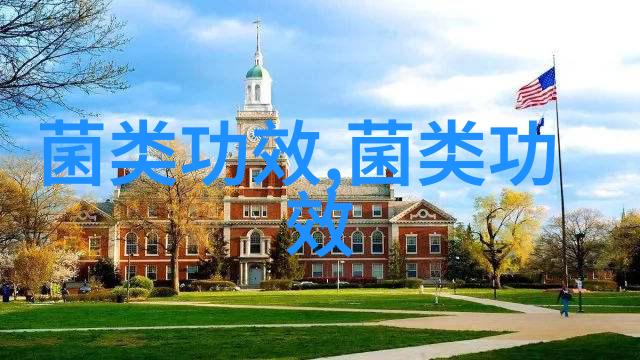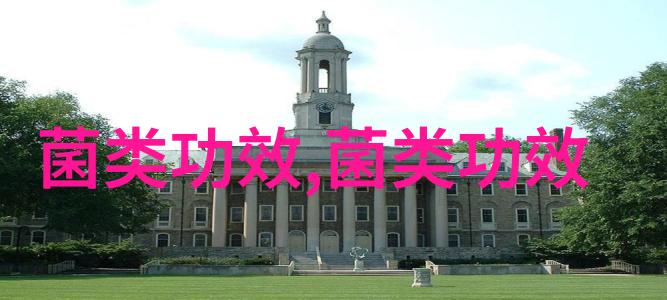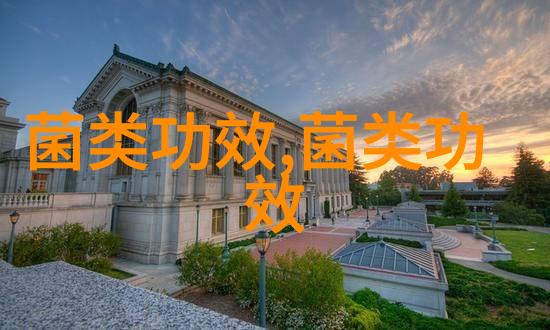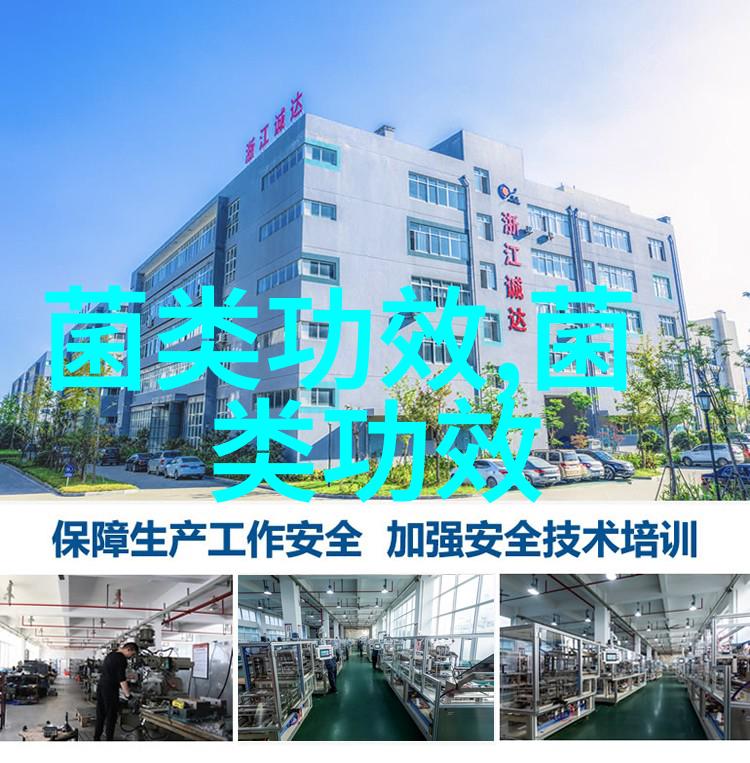
农业分为哪几种类型从古老的自然耕作到现代化智能农业我们又将探索那些未知的领域呢
在遥远的古代,人类首次开始耕种土地,那时的农业活动主要依靠自然条件,如雨水和阳光,人们通过简单的手动劳作来维持食物供应。随着社会的发展和科技的进步,农业也从单一模式向多样化转变。那么,这些不同的类型又是怎样的呢?我们今天就来探索一下。

一、传统农业
1.1 自然耕作

这是一种最原始也是最基本的农耕方式,它完全依赖于自然环境,比如季风、雨量等。在这种模式下,不需要任何人工灌溉或土壤改良,只要适合播种并且有足够的时间让庄稼生长,就可以进行栽培。这类似于在河谷平原上开垦地块,然后留待年末收获。
1.2 种植轮换与杂交

为了提高产量和防止病虫害,人们开始采用种植轮换策略,即将不同品种或者同一种植物进行间断栽培。例如,将玉米与豆类相间种植,每隔几年再次回到玉米田中,以保持土壤肥力。此外,还有一些地区会使用杂交技术,比如将高产、高抗性的品种与地方特色的品种混合培育出新的更优质品种。
二、现代化农业

随着科学技术不断进步,现代化农业逐渐形成了几个显著特点:
2.1 精准灌溉系统

由于气候变化导致降水不稳定,以及人口增长带来的土地紧张问题,使得精准灌溉成为必不可少的一环。这些系统利用先进的地理信息系统(GIS)以及卫星监测数据,可以精确控制每片田地用水情况,从而有效节约资源,并提高生产效率。
2.2 高科技机械化设备
机械化使得大规模生产成为可能,而高科技则为其提供了强大的支持。不仅如此,还有自动驾驶农机器人能够在复杂的地形上工作,无需人类干预,因此极大地提高了劳动效率,同时减少了成本。
三、未来趋势:智能农业
随着互联网、大数据和人工智能等新兴技术的大规模应用,我们正迈向一个全新的时代——智能农业。这一领域结合生物学知识,对植物进行个性化管理,使之更加健康成长,并最大限度减少资源浪费。此外,这些技术还能实时监控整个生态链,为决策者提供详尽分析,从而促使更加可持续发展的食品生产体系建立起来。
结语:
agriculture, as a crucial part of human civilization, has evolved from traditional practices to modern technologies and now is stepping into the era of smart farming. Each type of agricultural practice has its unique characteristics and advantages, contributing to the development of sustainable food systems for future generations.
From ancient times when people first began cultivating land through today's high-tech farming techniques, our understanding and approaches have changed significantly. The diversity in agricultural practices reflects not only the ingenuity of humans but also their ability to adapt to different environments and challenges.
As we continue on this path towards innovation in agriculture, it is essential that we consider not just short-term gains but also long-term sustainability and environmental impact. By embracing these advancements while maintaining an ecological conscience, we can ensure that our food production systems remain resilient for years to come.
The question remains: What other groundbreaking discoveries await us in the realm of agriculture? As technology continues to advance at a rapid pace, there are countless possibilities waiting to be explored – possibilities that could change the face of our planet forever.



